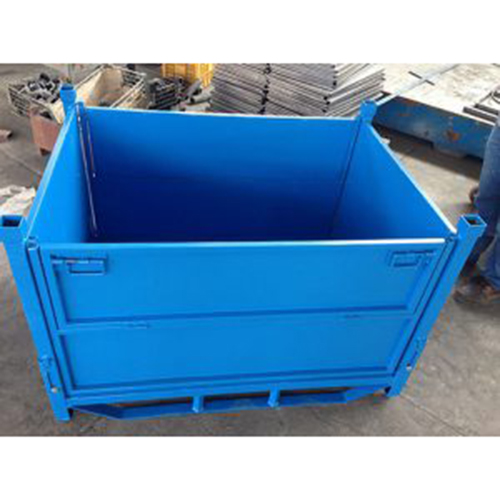In the world of athletic wear and casual clothing, the debate between cotton and Dri-Fit fabrics has become increasingly relevant. As consumers become more health-conscious and active, understanding the benefits and drawbacks of these two materials is essential for making informed choices. This article delves into the characteristics, performance, and suitability of cotton and Dri-Fit fabrics, helping you decide which is better for your specific needs.
Understanding the Basics: Cotton and Dri-Fit
Cotton is a natural fiber derived from the cotton plant. Known for its softness, breathability, and comfort, cotton has been a staple in clothing for centuries. It is highly absorbent, making it a popular choice for casual wear and everyday clothing.
Dri-Fit, on the other hand, is a synthetic fabric developed by Nike, designed specifically for athletic performance. It is engineered to wick moisture away from the body, keeping the wearer dry and comfortable during physical activities. Dri-Fit fabrics often incorporate polyester and other synthetic fibers, which contribute to their unique properties.
Performance Comparison
Moisture Management
One of the most significant differences between cotton and Dri-Fit is their moisture management capabilities. Cotton absorbs moisture, which can lead to a heavy, damp feeling during workouts. While this may be comfortable in cooler conditions, it can become uncomfortable and even detrimental during intense physical activities.
Dri-Fit excels in moisture management. Its wicking properties draw sweat away from the skin and disperse it across the fabric's surface, allowing for quicker evaporation. This feature not only keeps you dry but also helps regulate body temperature, making Dri-Fit a preferred choice for athletes and fitness enthusiasts.
Breathability
Breathability is another critical factor to consider. Cotton is naturally breathable, allowing air to circulate and helping to keep the body cool. However, when wet, its breathability diminishes significantly, leading to discomfort.
Dri-Fit fabrics are designed with breathability in mind as well. The synthetic fibers allow for better airflow, especially during high-intensity workouts. This means that even when you sweat, Dri-Fit can maintain a level of breathability that cotton cannot match when saturated.
Comfort and Feel
When it comes to comfort, cotton has long been favored for its soft, natural feel against the skin. Many people prefer the texture of cotton for everyday wear, as it tends to be gentler on sensitive skin.
Dri-Fit, while not as soft as cotton, offers a different kind of comfort. The lightweight and stretchy nature of Dri-Fit fabrics allows for a full range of motion, which is crucial during workouts. Additionally, advancements in fabric technology have led to softer Dri-Fit options that mimic the feel of cotton while retaining their performance benefits.
Durability and Care
Durability is another aspect where Dri-Fit often outshines cotton. Synthetic fibers are generally more resistant to wear and tear, making Dri-Fit garments last longer, especially under rigorous use. Cotton, while durable, can lose its shape and softness over time, particularly if not cared for properly.
In terms of care, Dri-Fit fabrics are typically easier to maintain. They are less prone to shrinking and fading compared to cotton, which can require special washing instructions to preserve its quality. For those who lead busy lives, the low-maintenance nature of Dri-Fit can be a significant advantage.
Environmental Considerations
While performance is crucial, environmental impact is becoming an increasingly important factor for consumers. Cotton is a natural fiber, but its cultivation can be resource-intensive, requiring significant amounts of water and pesticides. Organic cotton is a more sustainable option, though it may come at a higher price point.
Dri-Fit fabrics, being synthetic, raise concerns regarding their environmental footprint, particularly in terms of microplastic pollution and reliance on fossil fuels for production. However, brands are increasingly exploring sustainable practices, including recycling and using eco-friendly materials in their Dri-Fit lines.
Conclusion: Which is Better for You?
Ultimately, the choice between cotton and Dri-Fit depends on your specific needs and lifestyle. If you prioritize comfort for everyday wear and prefer natural fibers, cotton may be the better option. However, for those who engage in regular physical activity and require moisture-wicking properties, breathability, and durability, Dri-Fit is likely the superior choice.



